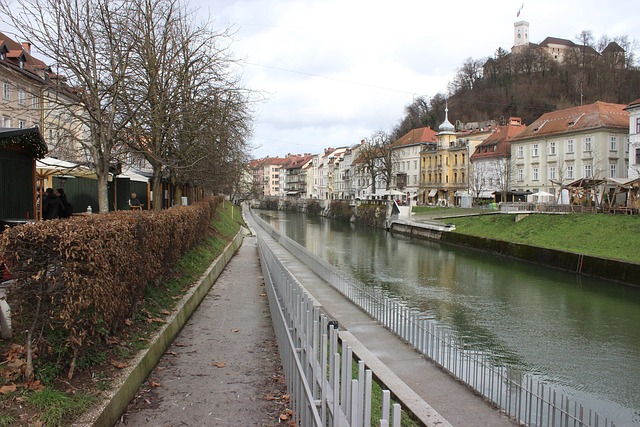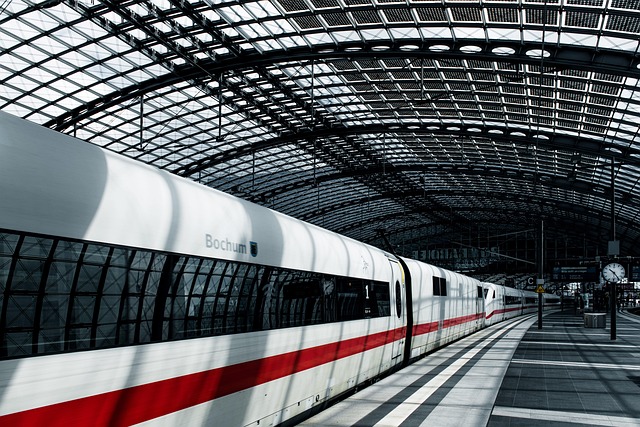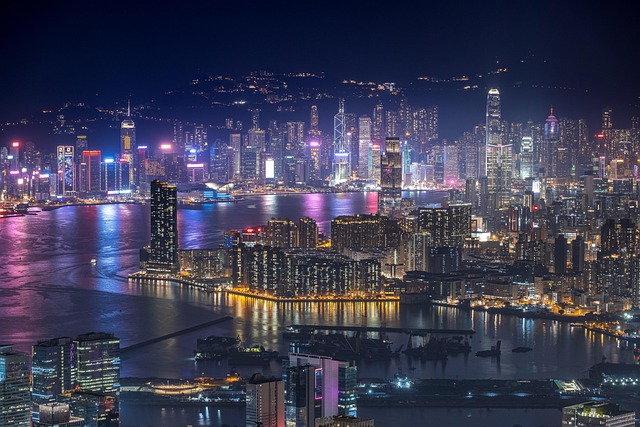Karachi, Pakistan’s economic heartbeat, faces a critical challenge: ensuring consistent gas availability to fuel its bustling industries and homes. This article delves into the intricate web of Karachi’s gas infrastructure, exploring the current state, the obstacles that hinder efficient distribution, and the ongoing initiatives aimed at improvement. From aging pipelines to rising demand, we unravel the complexities, offering insights into the future prospects of enhanced gas distribution in this metropolis.
- Gas Infrastructure in Karachi: A Snapshot
- Challenges and Efforts to Improve Availability
- Future Prospects for Enhanced Gas Distribution
Gas Infrastructure in Karachi: A Snapshot

Karachi, as Pakistan’s economic powerhouse, boasts a robust gas infrastructure that underpins its industrial and domestic energy needs. The city is connected to a network of pipelines, with natural gas being a primary energy source for numerous industries, power plants, and households. This efficient distribution system ensures a steady supply of gas across the metropolitan area.
The gas infrastructure in Karachi includes storage facilities, compressor stations, and a well-maintained network of distribution lines. These elements work together to ensure reliable access to gas for various sectors, contributing significantly to the city’s economic growth. In terms of accessibility, Karachi also benefits from connectedness to regional gas fields, enhancing energy security and ensuring a stable energy supply for its burgeoning population and diverse industries.
Challenges and Efforts to Improve Availability

Despite being a bustling metropolis, Karachi, like many cities in Pakistan, faces challenges regarding gas availability. The ever-growing population and increasing industrial demand have put immense pressure on the existing infrastructure, leading to frequent shortages and disruptions. This issue is further exacerbated by outdated distribution networks and inadequate planning for efficient resource management.
However, there are concerted efforts to improve the situation. The city’s administration and relevant authorities are actively working on modernizing gas distribution systems, expanding infrastructure, and promoting alternative energy sources. These initiatives include the implementation of smart grid technologies, the encouragement of CNG (compressed natural gas) use in vehicles, and the exploration of renewable energy options to ensure a more sustainable and reliable gas supply for Karachi’s residents and industries.
Future Prospects for Enhanced Gas Distribution

In the future, Karachi can look forward to an enhanced gas distribution network that promises improved accessibility and efficiency. The city’s current infrastructure is undergoing a significant transformation with the introduction of modern technologies and innovative distribution methods. One key prospect is the expansion of natural gas networks, which will enable more households and businesses to switch from polluting fuel sources, contributing to a cleaner and greener Karachi.
Additionally, there are plans to integrate renewable energy sources into the gas distribution system, offering a sustainable solution for the long term. These developments, combined with smart grid technologies, could revolutionize gas supply in Karachi, ensuring a reliable and eco-friendly energy future for the metropolis.

Leave a Reply
You must be logged in to post a comment.